The First-Time Gardener: Growing Plants and Flowers: All the know-how you need to plant and tend outdoor areas using eco-friendly methods (Volume 2) (The First-Time Gardener’s Guides, 2)
Description
Price: [price_with_discount]
(as of [price_update_date] – Details)
[ad_1]
There are no stupid questions here. Everyone has to start somewhere, after all. In The First-Time Gardener: Growing Plants and Flowers, Sean and Allison McManus, the gardening pros behind the popular website and podcast Spoken Garden, answer all of your questions and more.
Caring for outdoor plantings can be intimidating, especially if the process is completely new to you. Before running to the hardware store to stock up on plastic bags of mulch and tools you don’t really need, arm yourself with the know-how to plant and tend outdoor areas correctly and safely. Doing so saves you time, money, and energy—and helps make the process a whole lot more fun!
With help from this easy-to-follow beginner gardening guide, you’ll learn: Tips for selecting the best plants and flowers for your growing conditions The best planting techniques for different types of plantsHow to mulch trees, shrubs, and garden beds correctly Pruning dos and don’ts for common garden plantsWays to keep weeds out of outdoor areas—without using synthetic herbicidesHow to recognize and manage different pests and diseases naturallyInsider tips on everything from the difference between annuals and perennials to choosing the best organic fertilizerPlus, you’ll find time-management advice and tips for effective, resource-conscious gardening You will close the book not only knowing how to care for your home’s outdoor plantings using earth-friendly methods, but also knowing the satisfaction of a beautiful, all-natural landscape.
This book is part of The First-Time Gardener Guide series from Cool Springs Press, which also includes The First-Time Gardener: Growing Vegetables. Each book in The First-Time Gardener Guide series is aimed at beginner gardeners and offers clear, fact-based information that’s presented in a friendly and accessible way, including step-by-step instructions and full-color illustrations throughout.
From the Publisher


What does it mean to be a first-time gardener?
Calling yourself a “new gardener” is an honor. And, since this term implies different things, let’s start by defining it. If you can answer “yes” to any of the following questions, then you can raise your hand (proudly) and declare yourself a “first-timer”:
• Are you excited about tending to flowers so you can watch them bloom and grow (and maybe take pictures of them later)?
• Do you lack confidence in your garden skills, no matter how long you’ve had a garden?
• Are you a new homeowner who just inherited a garden with no idea how to care for it?
• Do you have a renewed interest in growing your own plants and flowers, just because?
Everyone has to start somewhere, right? Well, we’ll let you in on a little gardening secret: All gardeners make mistakes. Even professional gardeners and landscapers make errors. There is no such thing as a perfect garden or a perfect flower. It just does not exist.
You will make mistakes, and you will kill plants. The good news is that learning through trial and error is one of the best ways to improve your skills. Luckily, plants are pretty resilient, too, so there is that.
There are many different uses for flowers in your garden and numerous reasons why you may consider adding certain ones to your own garden, including: To attract pollinators For continual color interest throughout one season For continual color interest from season to season Color accents and groupings Texture and flow of form from one area to another Traffic flow or to direct the eye in a certain direction To excite, calm, or inspire


Your soil texture and how to find it
Once you’ve jotted down this important information about your garden space, it’s time to build on your knowledge of soil texture from the previous chapter. As you now know, soil is made up of three main textures (sand, silt, and clay). Soil also has different levels of organic matter mixed with it which have a direct impact on the health of your plants. If you remember, the larger the particles are in your soil (like sand), the more open spaces there will be around each particle. And the opposite is true for the smaller soil particles (like clay)—the less space or smaller areas there will be around each particle.
Therefore, before you buy any new plants or flowers, it helps to understand what texture soil you have. That way, you can match new plants and their soil needs to see if it is a good fit with your current garden soil. Otherwise, you will need to amend your soil or build new soil using various materials and methods (which you will learn about in Chapter 5).



 If you are plan ting in seed star ting soil inside: Prep by filling trays and cells with soil. Water the soil before sowing seeds. Wet the soil down. Sow (place) your seeds at the correct planting depth by placing them in seed starting soil. Cover with fine soil or vermiculite to the appropriate depth. Water again lightly with mist spray or very gently on a regular basis from this point forward.
If you are plan ting in seed star ting soil inside: Prep by filling trays and cells with soil. Water the soil before sowing seeds. Wet the soil down. Sow (place) your seeds at the correct planting depth by placing them in seed starting soil. Cover with fine soil or vermiculite to the appropriate depth. Water again lightly with mist spray or very gently on a regular basis from this point forward.
PLANTING STEPS
If sowing your seeds directl y out in your garden beds:
Clear the area of any mulch or other debris. Prep your soil by fluffing it up with a hand trowel or rake. Dig your hole or make your trench. Leave the mulch clear of this area. Sow (place) your seeds at the correct planting depth by placing them in either your garden bed or in seed starting soil. Cover with fine soil or vermiculite to the appropriate depth. Water again lightly with mist spray or very gently on a regular basis from this point forward regularly.




A weed is generally defined as any plant that isn’t supposed to be in your garden. This could include herbaceous, deciduous, or evergreen plants. Basically, almost any type of plant could be considered a weed. Learning how to prevent and manage garden weeds is usually at the top of most gardeners’ lists.
WEEDING
BAD PRUNING PRACTICES TO A VOID
Don’t use dirty or neglected tools. Clean and sharpen your pruning tools on a regular basis so as not to spread any diseases and to make the best cuts you can. Don’t leave extra stem or branch tissue when pruning. This is mainly for thinning cuts and is referred to as leaving a “stub” or making stub cuts. Always prune back to a stem’s point of attachment. Don’t prune a plant during dry conditions or when temperatures are excessively high. Double check to make sure a plant can be pruned into a hedge, ball, or other type of formal shape. Not all plants are created equal, and pruning certain plants in these ways can kill them.
Publisher : Cool Springs Press; Illustrated edition (April 27, 2021)
Language : English
Paperback : 176 pages
ISBN-10 : 0760368740
ISBN-13 : 978-0760368749
Item Weight : 2.31 pounds
Dimensions : 8 x 0.6 x 10.4 inches
Customers say
Customers find this gardening guide comprehensive and helpful, with one mentioning it provides step-by-step instructions and tips. The writing is well-executed, and customers appreciate the visual elements, with one noting the informative graphics.
[ad_2]




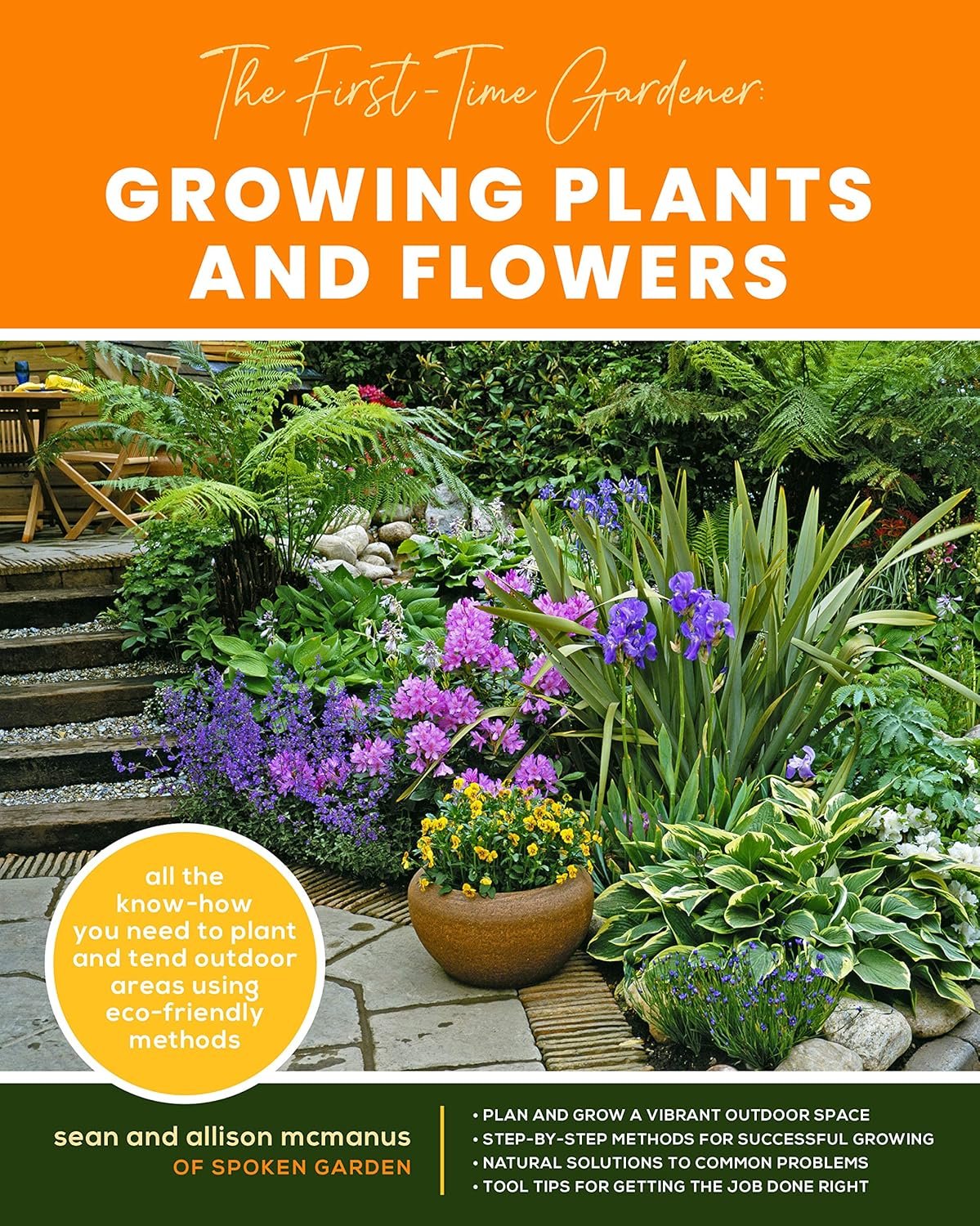
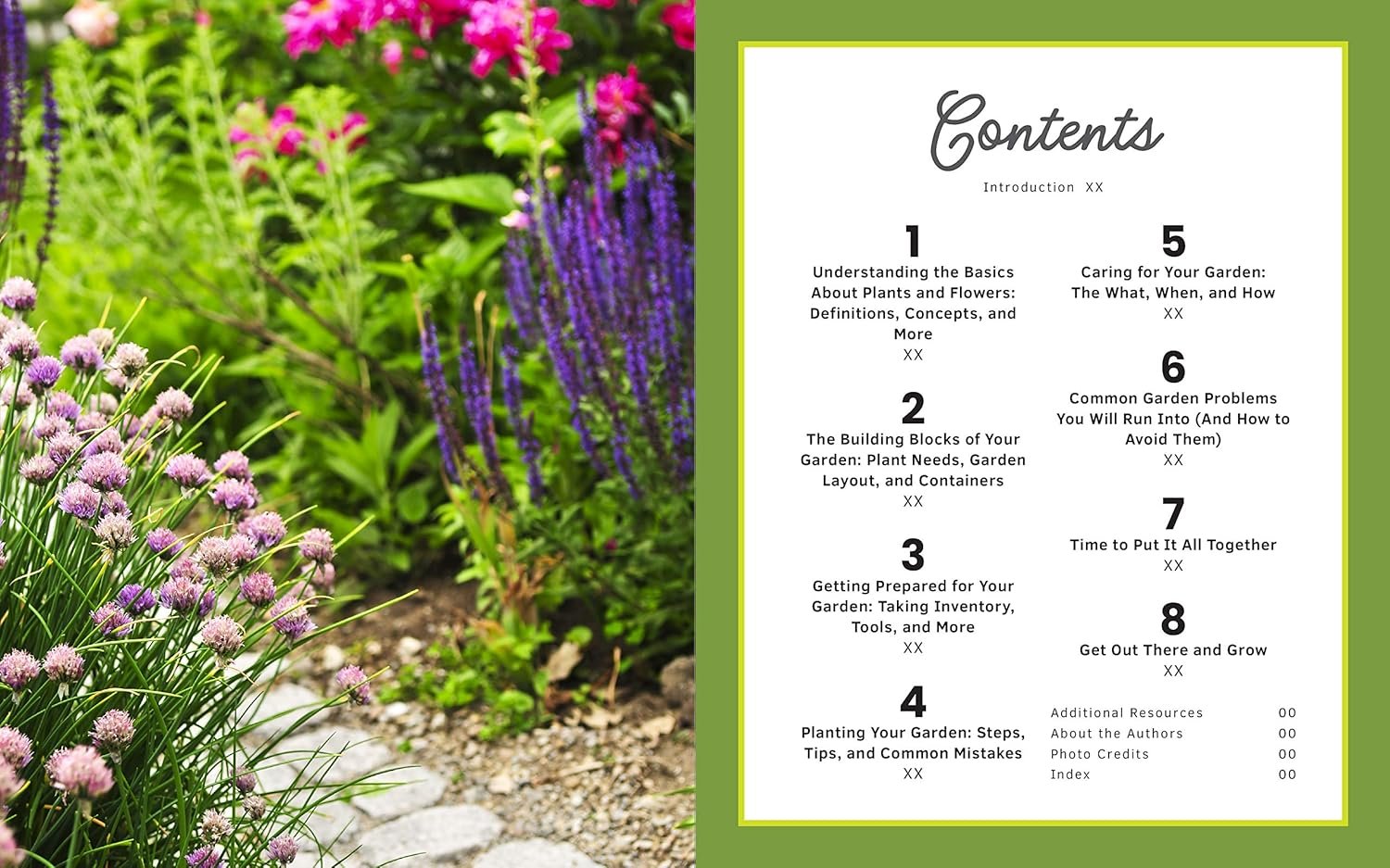

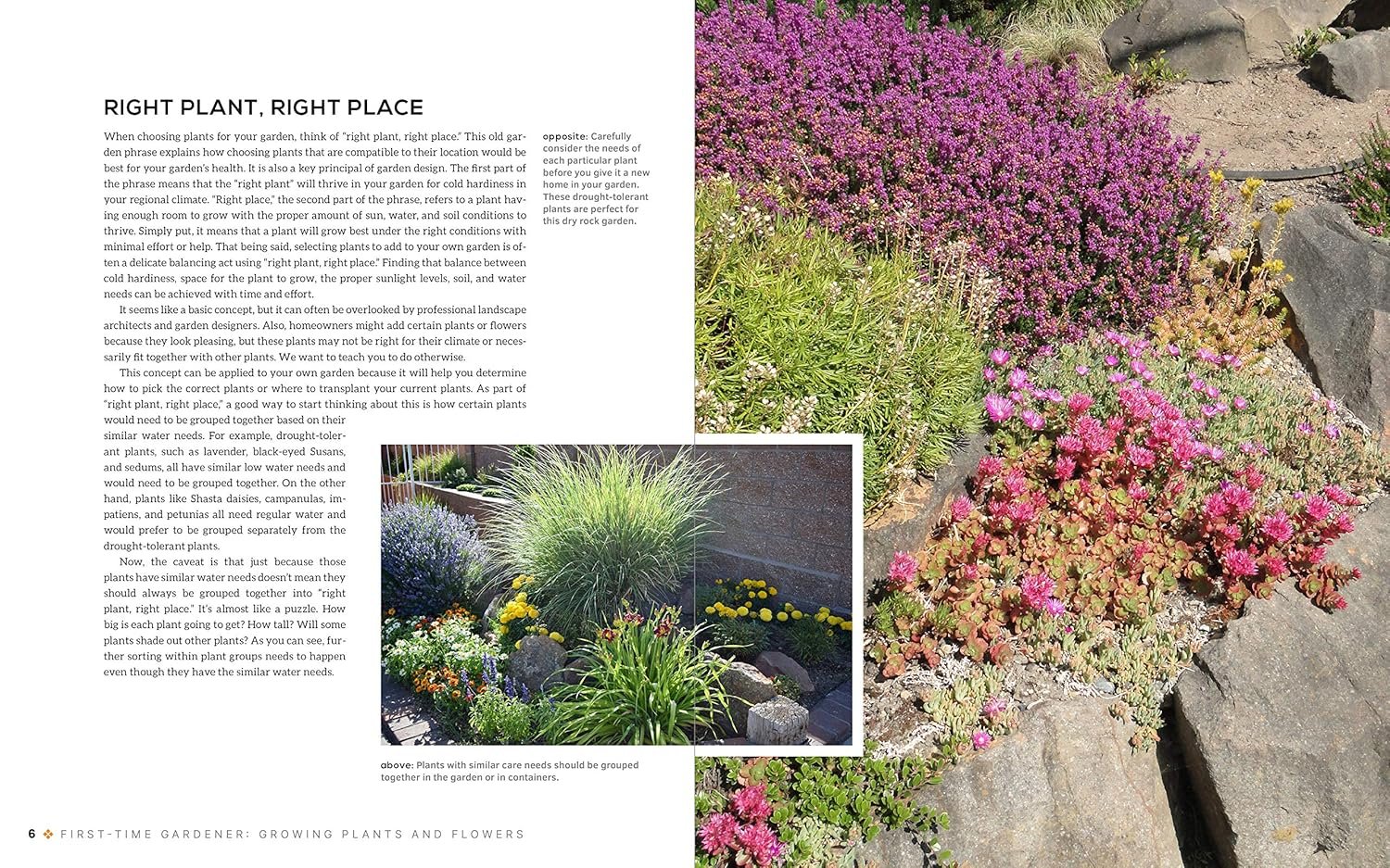
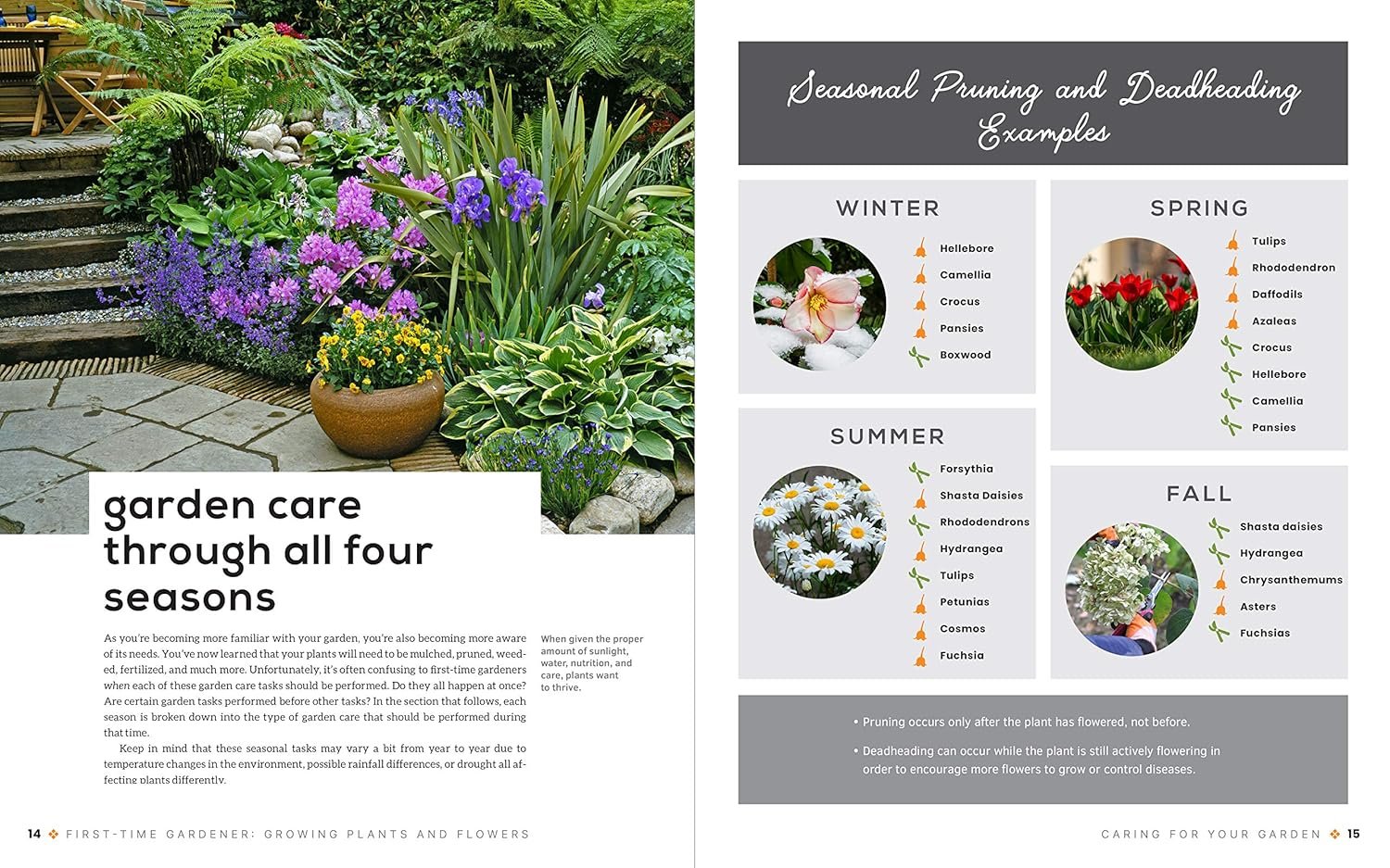
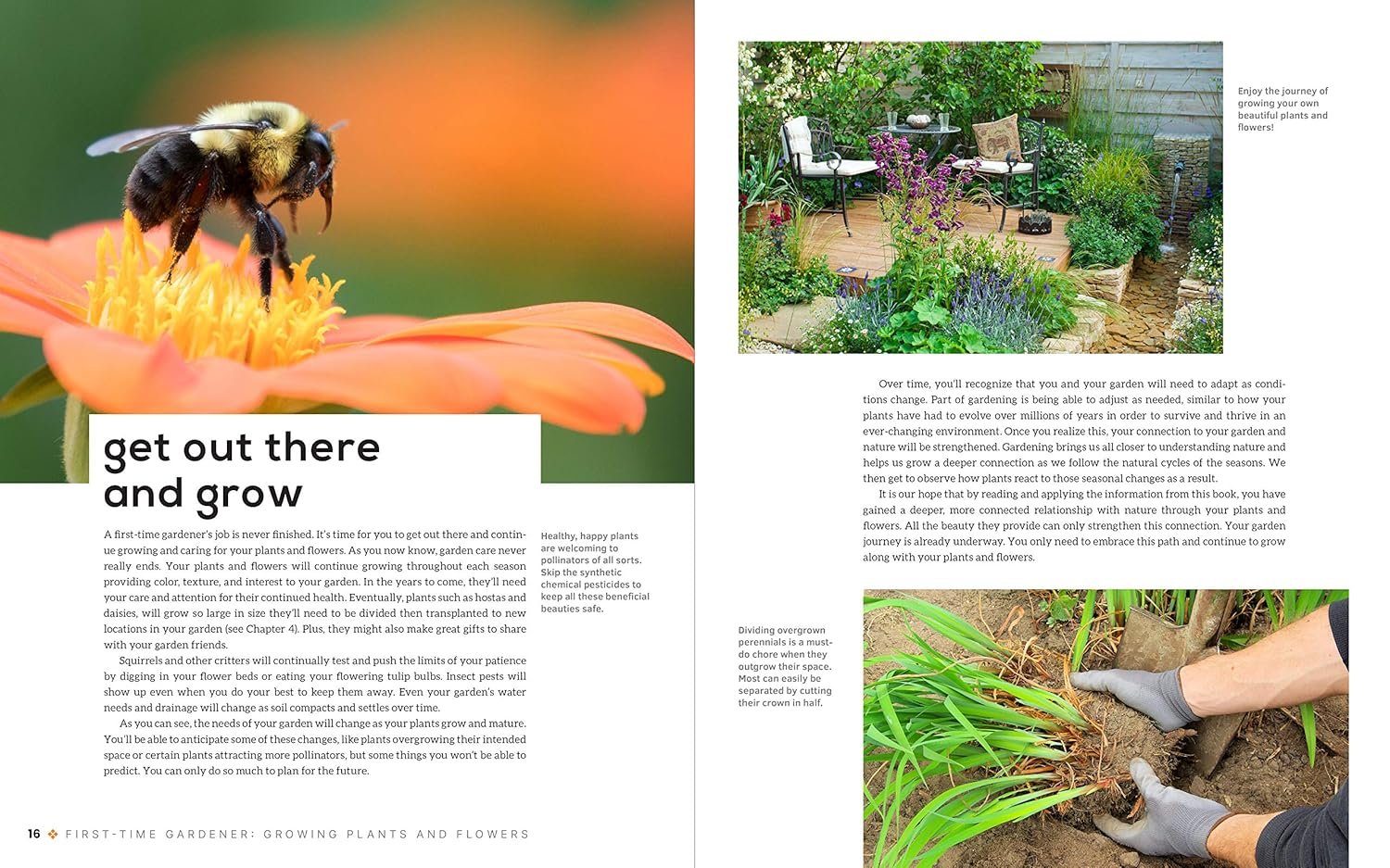






Reviews
Clear filtersThere are no reviews yet.